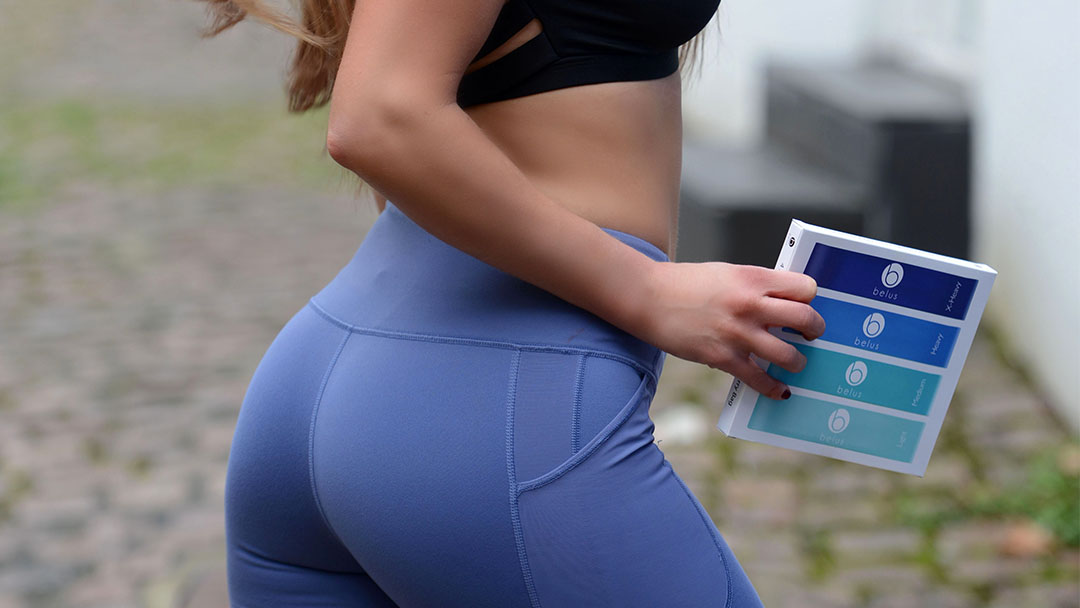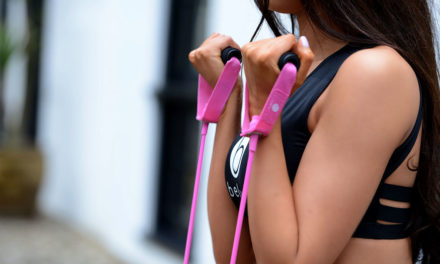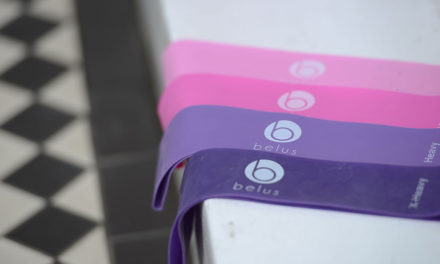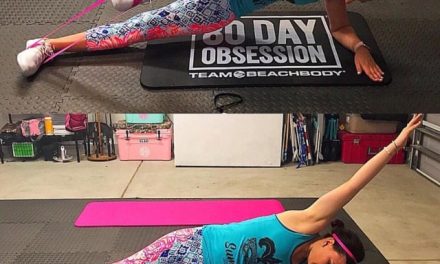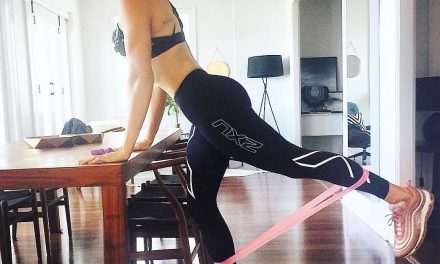Ladies (and discreetly, even gents) workout with the desire of having the ultimate booty – buns fresh from the oven, steaming hot that make everyone’s head turn. Your favorite fitspo just posted on her Instagram how cardio helps keep her buns fresh. But is it true though? That cardio + squats = a big, envious bum? You might say yes, because her booty wouldn’t have gotten to where it is if weren’t for the exercises she does (and posts on her stories), right?
Hate to break it to you but the answer is a big flat NO. Once and for all, we’re going to demystify those booty myths and show you the real deal. If you’re still lost with your workout routine, you can check out Youtube blogger Stephi Nguyen’s power workout!
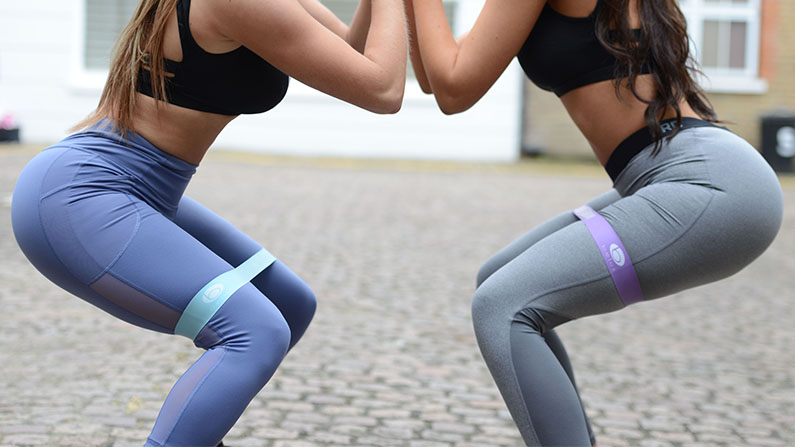
1. CARDIO ALONE ISN’T GOING TO GROW YOUR BUM.
Aside from stamina and endurance training, cardio doesn’t really contribute much to your booty journey. Running on treadmills, sitting for an hour on a stationary bike and even walking with high incline levels only do good for fat burning and weight loss purposes. If you pair it up with an inconsistent diet or even bad eating habits, then it’s officially a total waste of gym time.
Cardio does train your glutes. However, it doesn’t do much when it comes to building the butt muscles you need.
2. GO FOR COMBINATIONS, NOT ISOLATION EXERCISES.
Browsing through Youtube videos and Instagram fitness enthusiasts with a massive following, you’re convinced that doing squats, kickbacks and hip thrusts all week will grow your booty. In reality, a combination of compound weightlifting exercises (squats, lunges, deadlifts, stiff leg deadlifts) with a range of 3-6 reps x set and volume work with lighter weights (body weight exercises, resistance machines or cable exercises) with a range of 12-30 reps x set is the secret to getting big, firm booty.
The anatomy of your glutes isn’t just composed of one major muscle group. It’s actually made of low and fast twitch muscle groups. Low twitch muscle fibres adapt to volume work whereas fast twitch muscles adapt to compound exercises.
Tip: The best exercises for the queen of booties? It’s Snow White and the seven glute workouts: hip thrust, lunge, squat, deadlift, romanian deadlift, bulgarian split squat and glute blaster.
3. DON’T FORGET THE HAMMIES.
When people think of working on their booty gains, they only focus on the glutes and often exclude hamstrings. As a matter of fact, the muscles in your hammies actually impact your glutes. When you work them out, they help tone and give shape to your butt muscles.
Tip: Straight leg deadlifts, back extensions and good mornings are great for your hammies. You can even go for 1RM of your maximum weight if you’re fond of ego lifting.
4. ADD SOME RESISTANCE AND GET THE MOST OUT OF BOOTY GAINS.
Belus booty bands are used to increase the effectiveness of lower body exercises, specifically to target the gluteal muscles. They are also sometimes referred to as ‘mini bands’, ‘butt bands’ and ‘hip bands’. They’re usually wide, flat resistance band loops around 12 or so inches long when sat flat, and they come in a variety of tension strengths. Try our Belus Resistance Bands Set! They come in shades of pink and blue.
The act of ‘resistance’ or working against it gives more activation towards your muscle fibers as compared to movements made without resistance bands. Aside from that, once resistance is incorporated it activates many smaller accessory muscles that are essential for stabilization during the exercise. Thus, giving your booty an added tush and gains.
5. LAST BUT NOT LEAST, AIM FOR PROGRESS (INCREASING WEIGHTS).
Always push yourself beyond your limits! The weight you lift today and for the rest of this week should always be increased on the following week. Doesn’t matter if it’s a 0.5-lb or a 1kg increase. If you can go for a big leap, that’s great. If you’re taking baby steps with small increments, that’s just as good. What’s important is there’s always an incremental movement upward.
Don’t beat yourself up. Work your way up! Take it slow with the increase because long-term progress is always better than short-term results. So what if you can’t go for a 7.5 dumbbell today? YOU WILL. One day. It’s just a matter of pacing yourself minus the injuries. Take things one step at a time.
If you’re all wobbly when doing stationary and walking lunges, then work your around it. Instead of doing that where your mind is focused on balancing instead of your form, go for the leg press and do push exercises with one leg. Exercising machines require less balance and provide more support so you can load it up and just focus on what you’re doing. This way, you won’t have to worry about how poor your technique is and just feel empowered right after the last rep. Because you did it!
With all these fitness apps popping out of nowhere, it’s never been easier to have your own DIY training regimen. You have Sweat It Kayla, Jefit Workout, The Johnson & Johnson Official 7 Minute Workout and a whole lot more. Just sign up in the app, avail of the free features (or even upgrade to premium to unlock everything that’s awesome about the app) and just do what it says.
Though true to its purpose, these apps can’t cater to specific needs as they’re built with generalized workouts — stuff that works for mostly everyone. It’s never a bad thing to explore and find out what suits you: yoga, strength training, cycling, you name it. But one major piece of advice we can give you is if you’re doing an exercise and something hurts, stop. Pain is basically your body telling you that something’s wrong. If you have any back injury (slipped discs) or knee injury (torn ACLs), don’t give up. Remember: there’s always an alternative for exercises. What’s important is you know our body, what it is capable of doing and what it is not. You just have to find out what works for you and which ones don’t!
What’s Next?
[hoops name=”action”]

